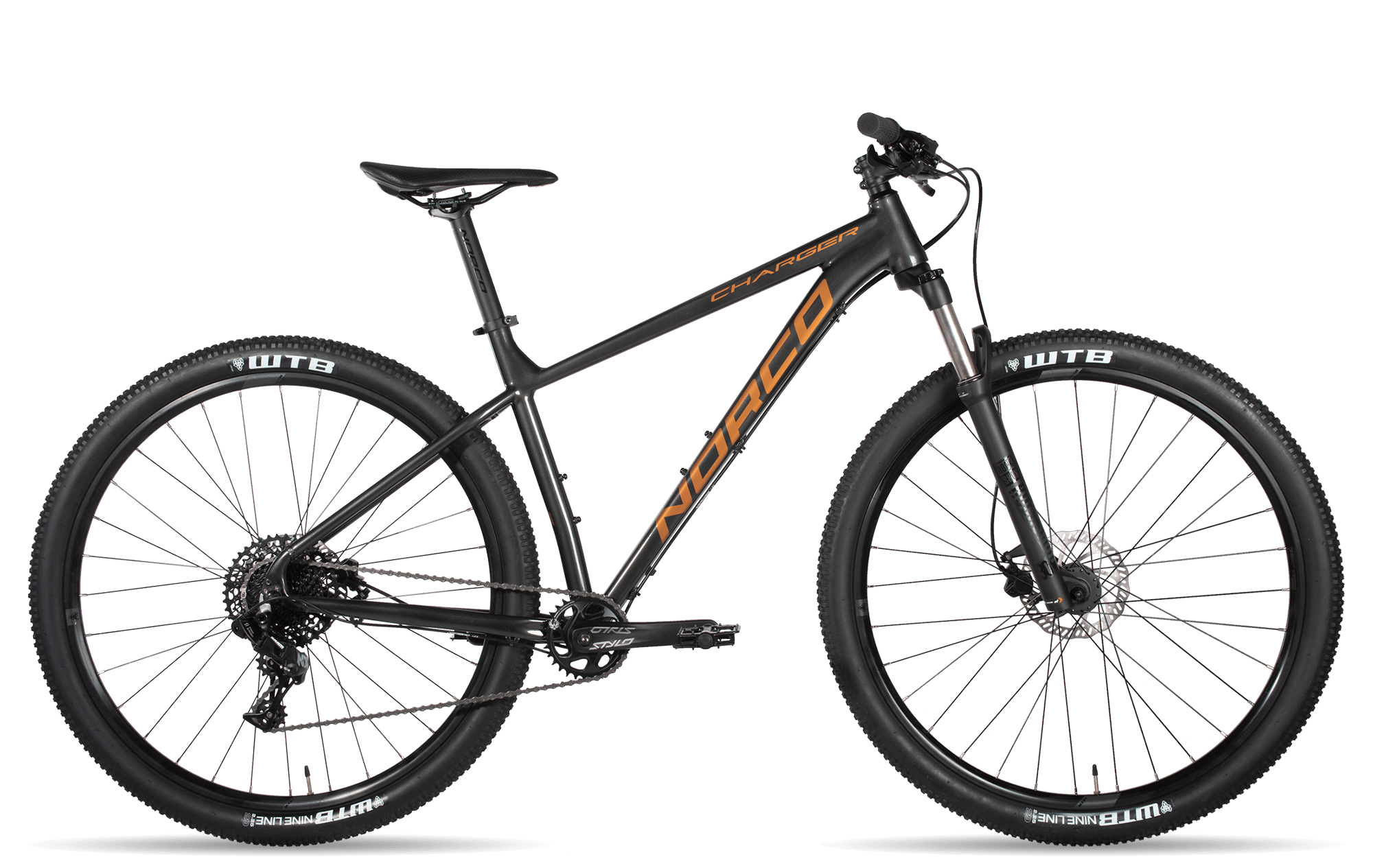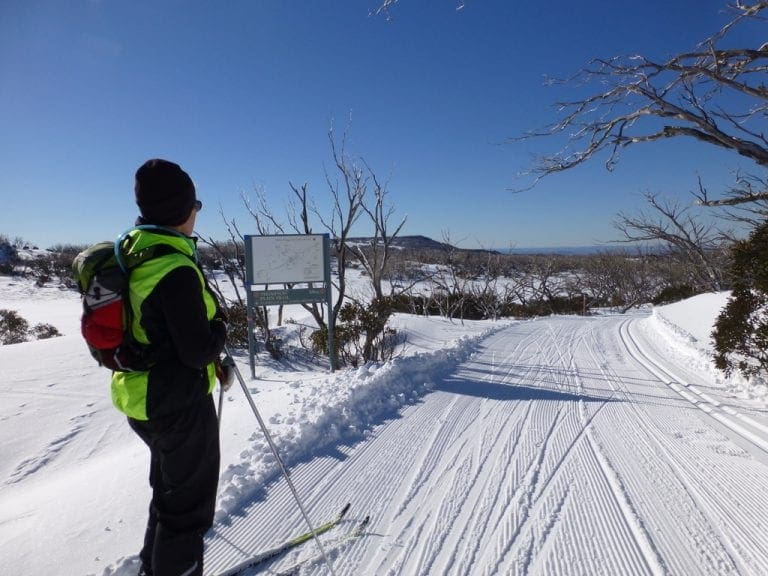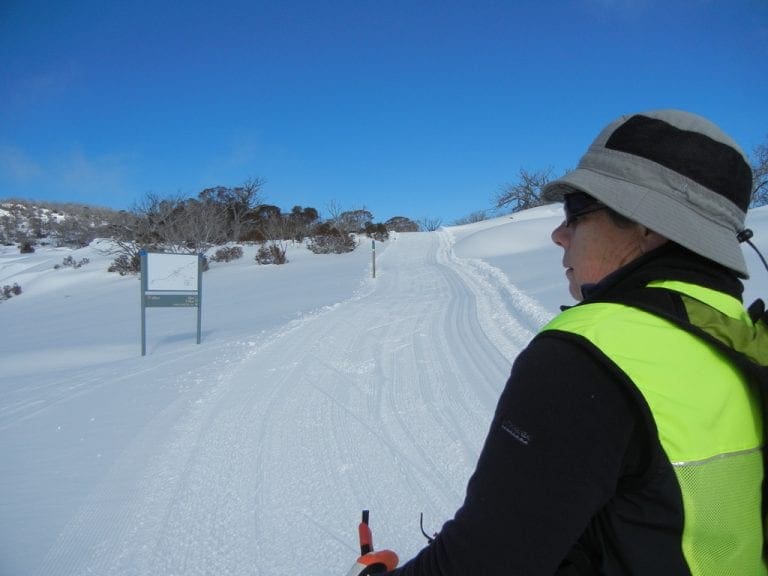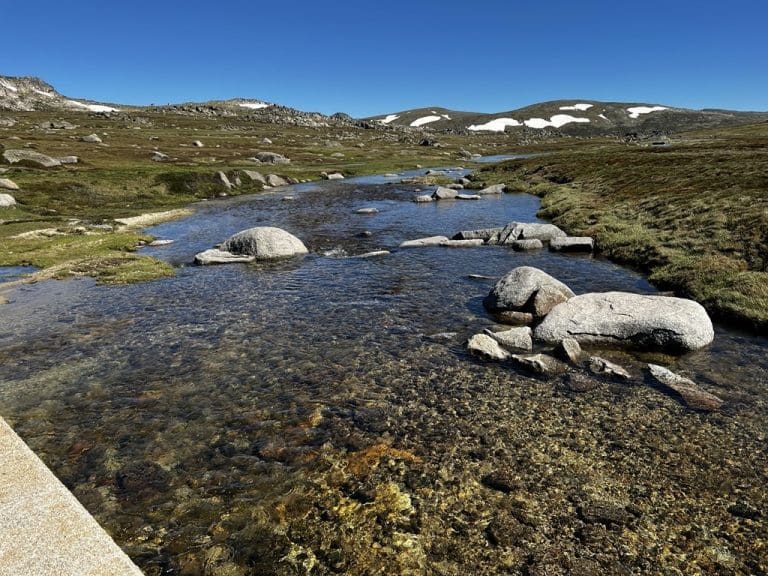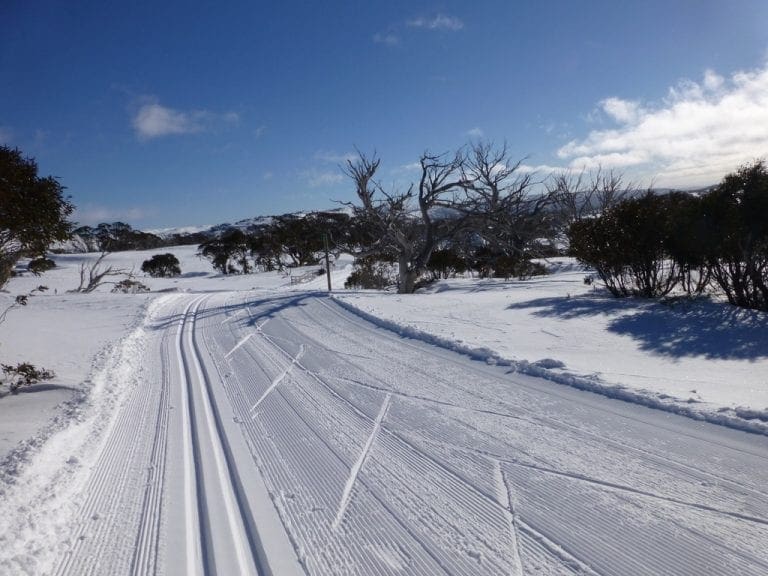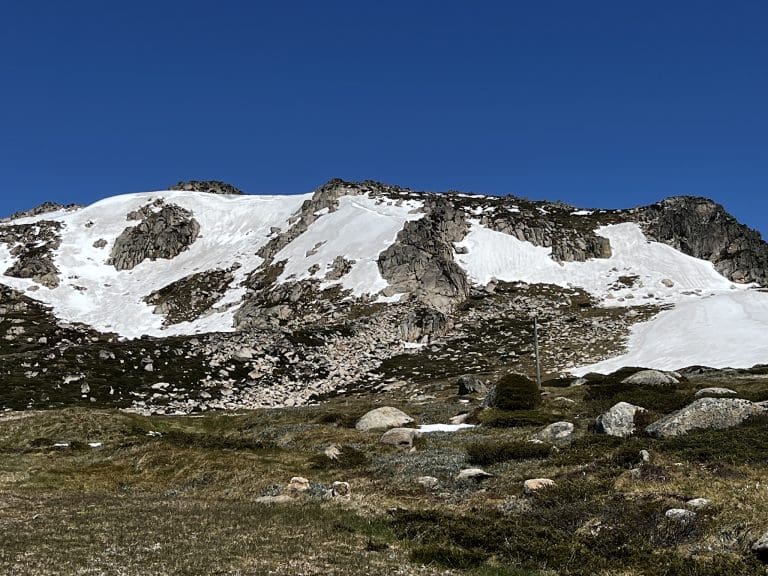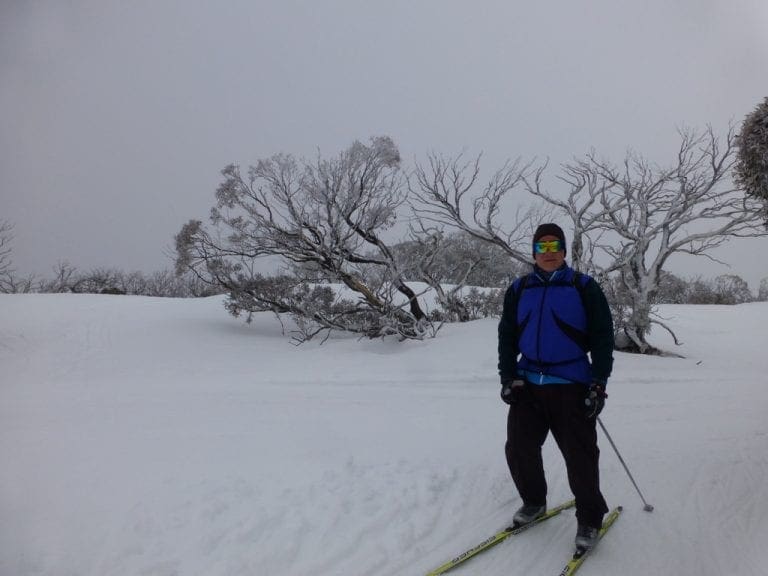Jindabyne – Dec 18 and Jan 19
We’ve come down to Jindabyne for a few weeks over the Xmas and New Year. A very pleasant time. The main activity is riding our new bikes uphill. Yes, we have finally bought new bikes. We had the Giant Rincons for about 10 years. Let’s see if we can get a few years out of these. We really needed a few lower gears than the old Giant Rincons which were getting just a bit hard for us to push uphill. Helen has a Liv 2 (hardtail, 2 * 10 gears, tubeless tyres). I have a Norco Charger 2 (hardtail, 11 gears, tubeless tyres). We bought the bikes from the very helpful Wagga Cycle Centre.
Objectives for the trip are to improve bendability and functionality of Geoff’s new right knee and improve our fitness.
Our favourite ride is up from Charlottes Pass – preferably to Rawsons Pass. Weather (wind and rain) and our ability to recover will determine how often we ride. The table below is a summary of our 8 rides. These are our findings:
- The objective for each ride is to recover as quickly as possible; it is not to race to the top of the hill.
- Recovery is improved by keeping completely out of the red zone. Any time in red screws up the recovery. Even more time in yellow hinders recovery.
- Compare the two rides to Rawsons – both had zero time in red; the first had more time (including two sections each of about 5 mins above 140 BPM) in yellow and gave a 56 hour recovery; the second had just a little less time in yellow (and only short peaks above 140 BPM) and gave a 44 hour recovery. That is a huge difference just by keeping the heart rate lower. (Total time for each ride was almost identical.)
- Working for a long time in the Green Zone really does improve fitness and resistance to fatigue.
| Date | Where | Distance | Red Zone |
Yellow Zone |
Green Zone |
kCal | Recovery needed |
|---|---|---|---|---|---|---|---|
| 18 Dec 18 | Charlottes to Snowy R |
9.29 km | 5:27 min | 28:56 min | 30:37 min | 715 | 21 hrs |
| 19 Dec 18 | Charlottes to flat spot blow Seamans Hut |
11.3 km | zero | 34:08 min | 43:11 min | 917 | 29 hrs |
| 23 Dec 18 | Charlotte to Seamans Hut |
12.8 km | 0:53 min | 59:02 min | 30:51 min | 1100 | 49 hrs |
| 25 Dec 18 | Charlottes to Rawsons |
15 km | zero | 42:36 min | 1:33:10 hr | 1473 | 56 hrs |
| 27 Dec 18 | Charlottes to Seamans Hut |
12.1 km | zero | 36:40 min | 1:12:33 hr | 1074 | 34 hrs |
| 29 Dec 18 | Dead Horse Gap to bridge |
4.45 km | zero | 3:05 min | 46:13 min | 673 | 12 hrs |
| 31 Dec 18 | Charlottes to Snowy R * 2 |
17 km | zero | 29:16 min | 1:16:22 hr | 1078 | 31 hrs |
| 2 Jan 19 | Charlottes to Rawsons |
15.3 km | zero | 36:37 min | 1:33:48 hr | 1404 | 44 hrs |
